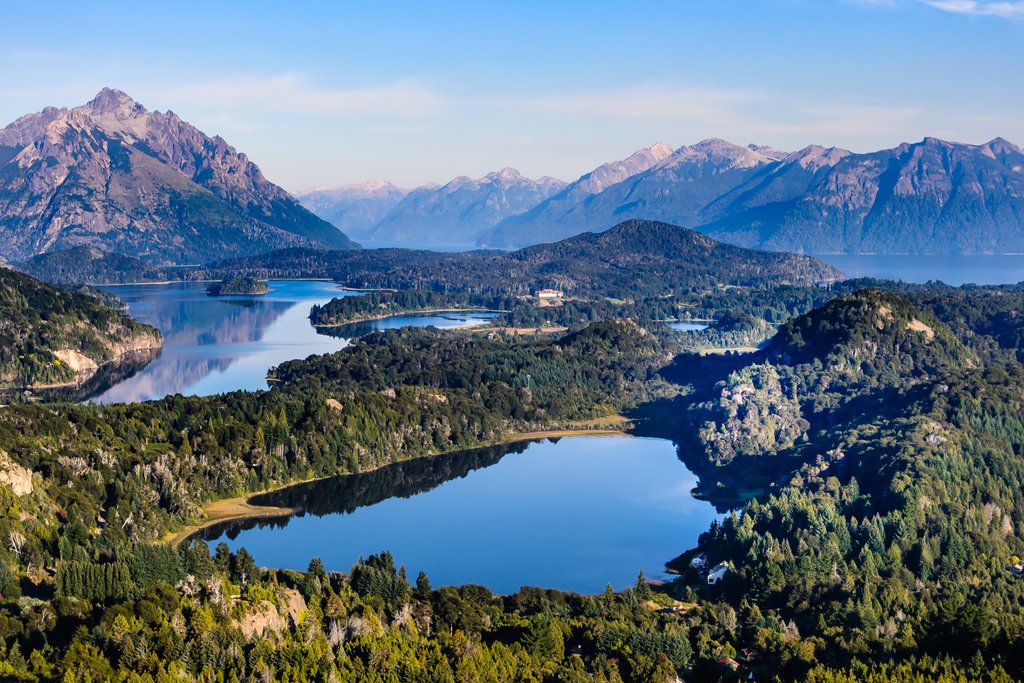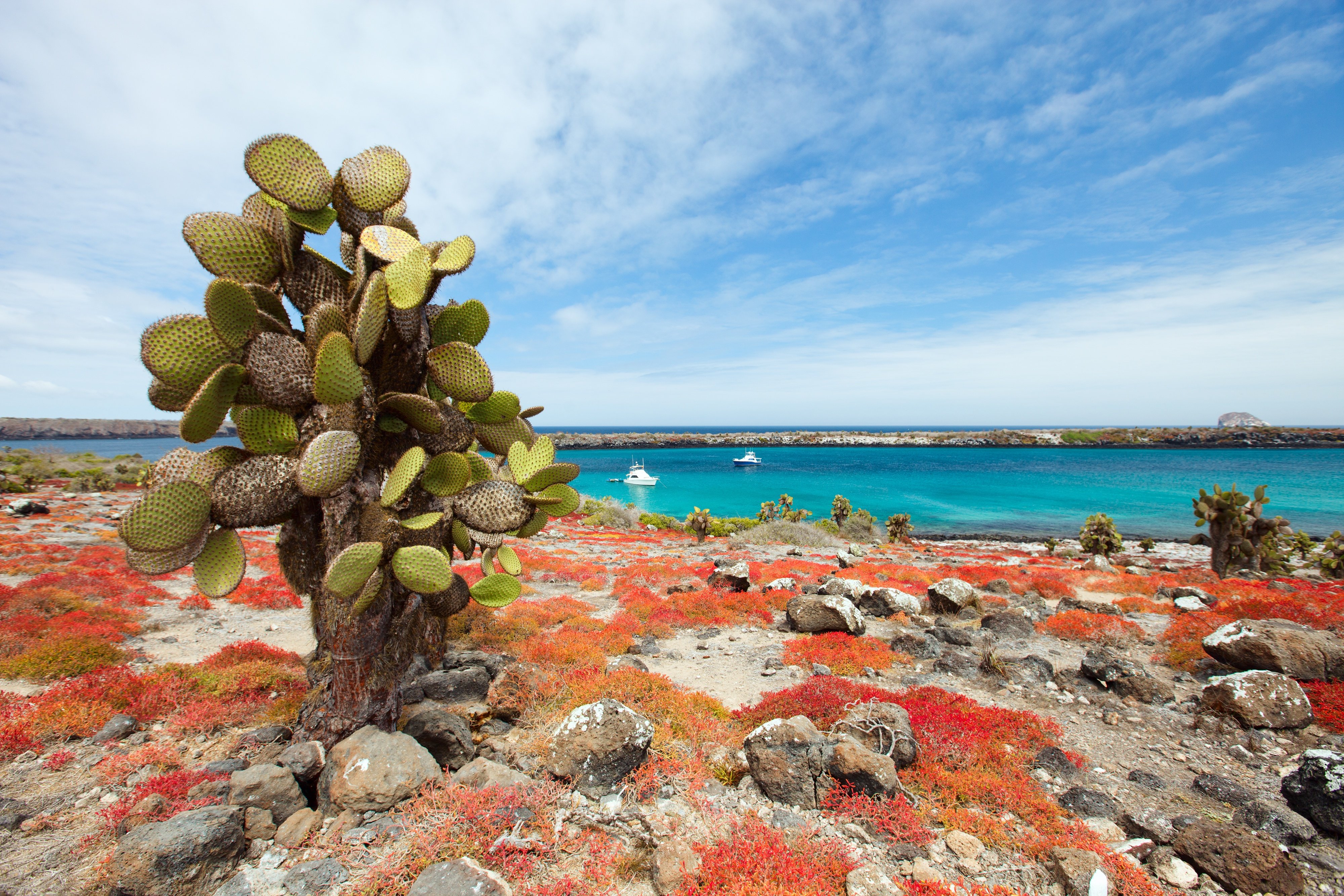The two ancient temples rise, towering over the desert floor of Peru. One is the largest adobe structure in the world, built with over 140 million bricks. The other was the site of human sacrifice – the deceased victims hurled over the side of the temple to be left on the bricks below. These dramatic temples are known as the Huaca del Sol (Temple of the Sun) and the Huaca de la Luna (Temple of the Moon). Both are astonishing relics of a vanished civilization that even pre-dates the Incas.
The immense structures are the lasting remnants of the Moche civilization, located on Peru’s southern coast. The Moche people began constructing their temples 2,000 years ago. The work continued – building layer upon layer – for at least six hundred years more.
It is astonishing that such massive structures created so long ago survived extensive looting, the elements and erosion. It is equally miraculous that so much of the temples’ art has survived through the ages. Indeed, archeologists are still discovering paintings that thankfully evaded hundreds of years of pillaging.
You can visit these important relics and even explore the interior of the Huaca de la Luna to gaze upon the colors and secrets of its murals and ceramics. The surviving art tells the story of a fierce but sophisticated civilization adept at organization, architecture, painting and the use of precious metals. But there are also signs and story fragments here of pervading superstitions and a people fearful of their vengeful gods.
The two Huacas (Temples) stand about 1500 feet apart, overlooking an expanse that was once filled with avenues, homes, squares and the other buildings that made up the Moche capital, called Cerro Blanco – named for a nearby volcanic peak. The temples, rising to as much as 150 feet, towered over every other man-made structure on the continent.
The Huaca de la Luna
The smaller of the two temples, the Luna is the much better preserved. With an English-speaking guide you can explore the complex for about four dollars. The Luna is believed to be a religious and ceremonial hub. Many of the rooms here show off a richness with polychrome friezes displayed on their walls.
Originally painted in arresting shades of black, red, blue, yellow and white, the centuries have tempered these stark hues.
You’ll notice a familiar face appearing again and again in these faded but still colorful depictions – that of the deity Ayapec. You can’t miss his snarling face and gnashing teeth appearing on the walls, the ceramics and just about everywhere.
The structure itself was constructed as a series of layers, one upon the next, over the centuries. Each layer is set off from the previous one by a new set of paintings.
The entire temple complex is divided into three main platforms. Unfortunately, the northernmost was destroyed by looters, but the central and eastern platforms have yielded many preserved works. The central platform was also a burial site for the religious elite as supported by the trove of art and ceramics interred with the remains there.
But it was on the Eastern Platform and its adjacent patios where the life and death drama played out for the Moche culture. These spaces were occupied with the rituals of human sacrifice. The unfortunate victims would be dispensed with a decisive blow to the head and then tossed off the temple to plummet to the patio below. There the bodies lay exposed for all to see.
These sacrifices have been depicted by paintings, illustrations and even on surviving ceramics. And archeologists have confirmed this, uncovering numerous skeletons of adult males with signs of head trauma. A grisly ending for sure, but for Moche beliefs, a necessary one.
At the tour’s finale, your guide will escort you to the north façade. Here you’ll find beautiful polychrome frescos with scenes referring to the deities which the Moche worshipped. The entire work is called, “The Deity of the Mountains”.
Also, from this spot you can view the sister temple to the Luna, the Huaca del Sol, across the immense plaza.
The Huaca del Sol
History hasn’t been as kind to the Huaca del Sol - about a third of its immense structure has washed away and the rest has been looted. The Spanish conquest of Peru in the early 17th century greatly contributed to this plundering of art and precious metals.
The Conquistadors redirected the Moche River to run past the Huaca del Sol so they could more easily whisk away their plunder. These waters contributed to the erosion of this great temple.
Because of its degraded state, the Huaca del Sol is closed to visitors, but one can still make out the historic grandeur of this massive adobe temple. Over 400 years of construction created an 8-level behemoth rising to a height of 150 feet with a base measuring 1000 by 500 feet – all of this completed 1500 years ago.
Tens of millions of adobe bricks were needed to create the structure. You can still see the many makers’ marks on the bricks leading archeologists to believe over 100 communities contributed bricks to build the two Huacas.
This great temple was most likely the administrative, military and a royal residence for the Moche elite. The pyramid-shaped structure was designed with different levels for its many functions, all connected with steep flights of stairs, dramatic ramps and great sloping walls.
Though literally a shadow of its former grandeur, the Huaca del Sol is still an immense and imposing site.
The Huacas del Sol and de la Luna, Chan Chan and Tucume are all part of our Northern Kingdoms of Peru trip.
And more on our Northern Peru Destinations page.
Museo Huacas de Moche
Another not-to-be-missed feature here is the Museo Huacas de Moche, an extensive and thoughtfully designed museum with several rooms of objects saved from the two Huacas. Signs and explanatory materials are in English and Spanish.
This is where you will purchase a ticket and schedule your tour. Admission to the museum itself is five dollars. While waiting for your tour to begin, the museum can serve as a colorful introduction and opportunity to learn about the Huacas.
Then, you can step into the bright sunlight of the plaza and like the ancient Moche, delve into the depths of the great temple.
If you want to explore the archaeological wonders of Northern Peru on your next trip, speak with a Lost World Adventures consultant.
Learn more at our Peru Travel Hub Page.

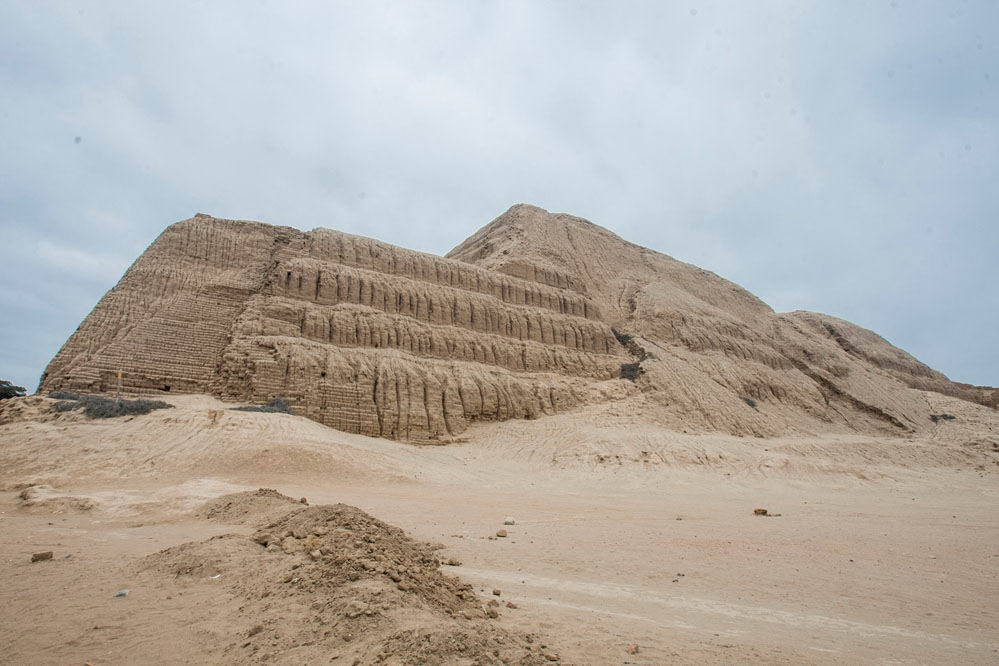

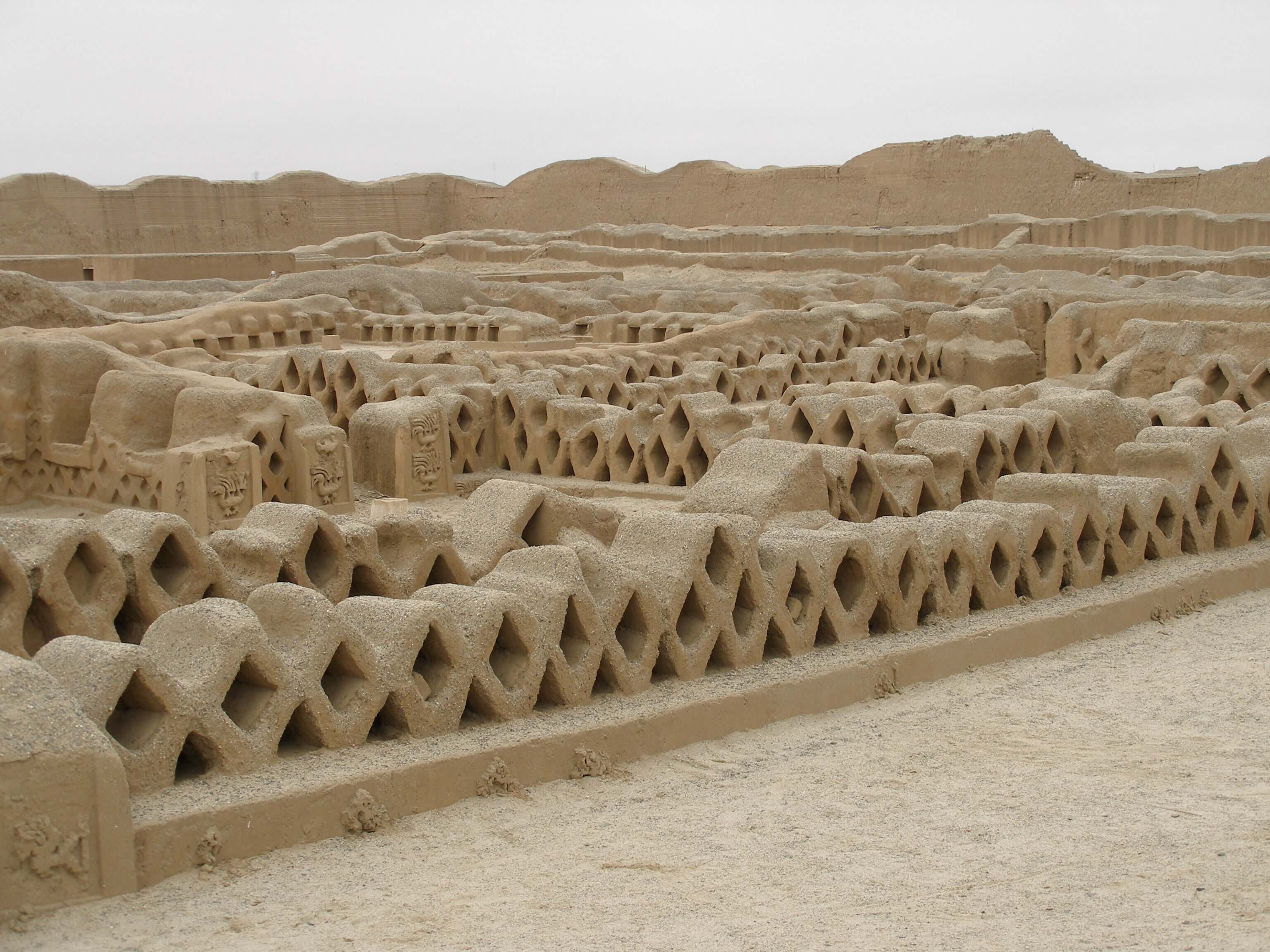

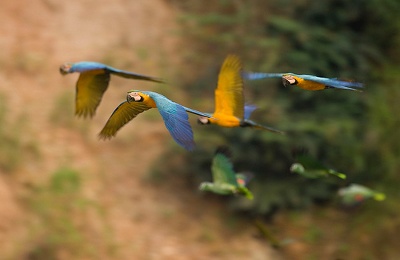
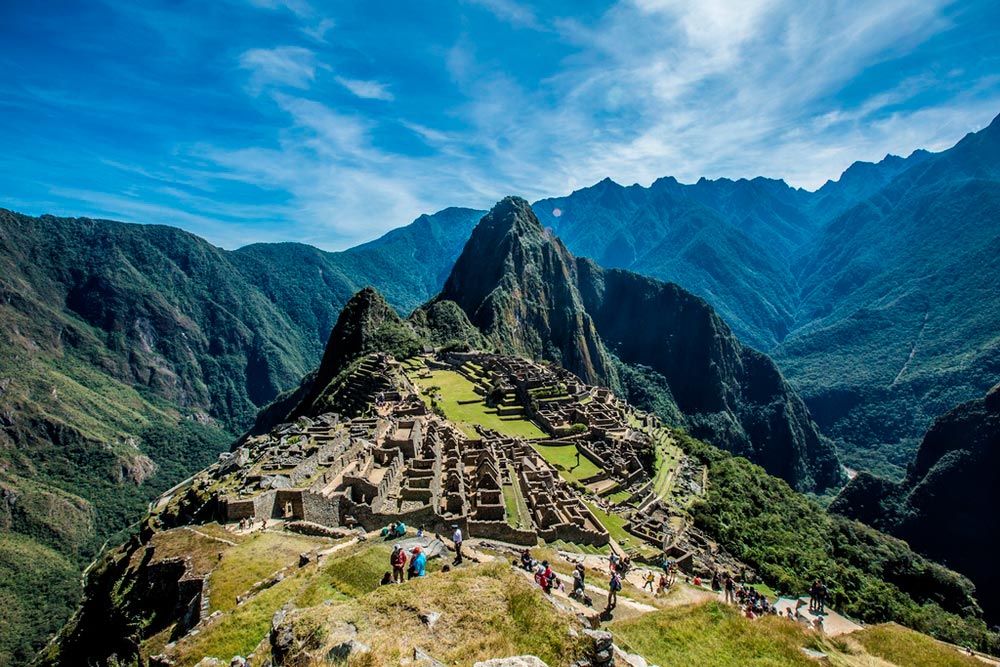
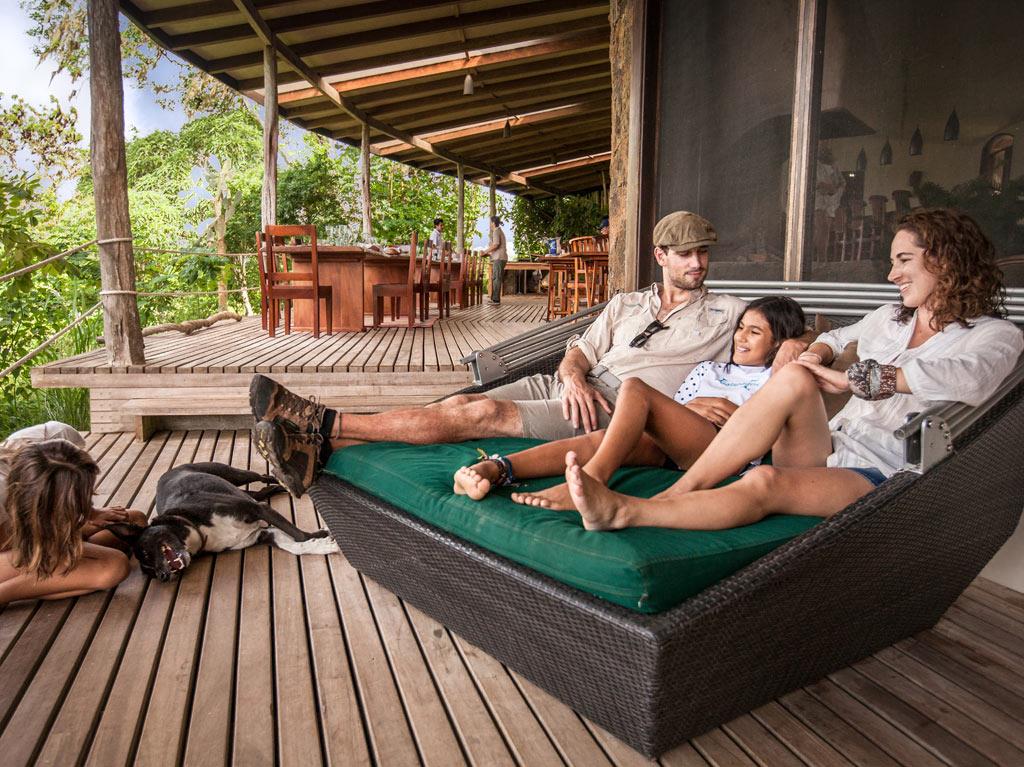

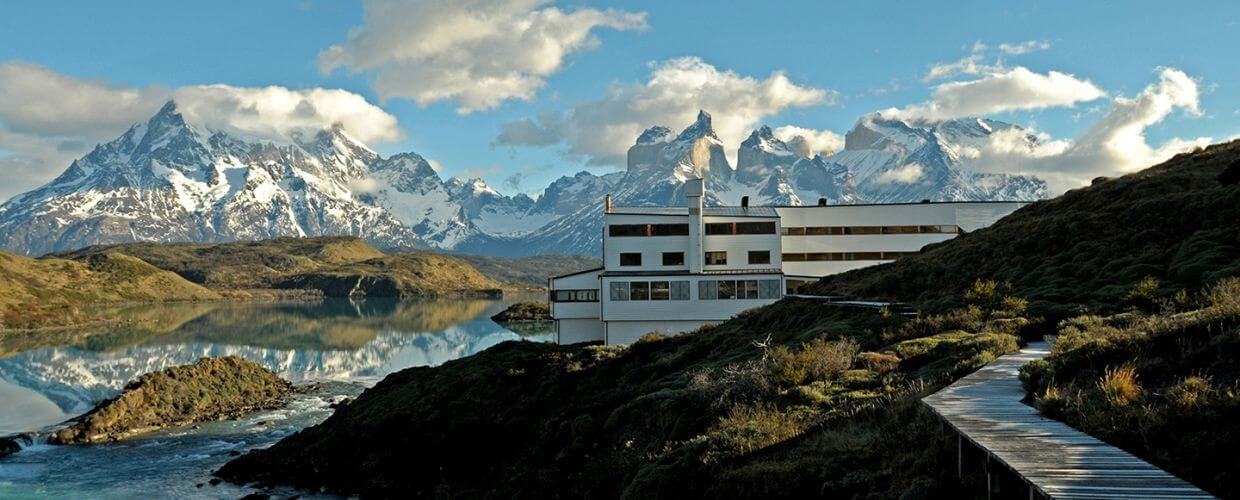
.jpg)
